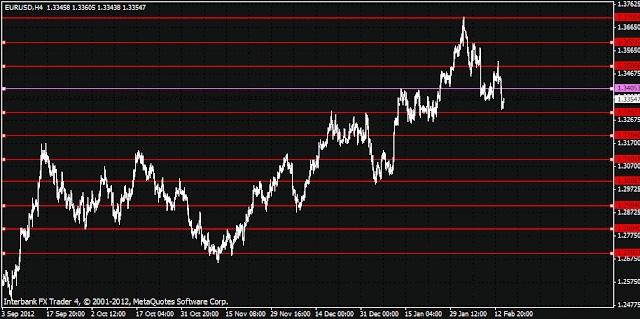This indicator is based on the article Tracing of stock market long term trend by information efficiency measures by Virgilijus Sakalauskas & Dalia Kriksciuniene
The entropy-based (EB) indicator is designed by aggregating SE and HE, and is defined by the following expression (4):
EB= 1/2 - (1/2 - HE)*(1-SE)
where HE is the Hurst exponent value and SE is the Shannon’s entropy value.
In case of randomness of the time series, HE=0.5 or SE=1, then the indicator EB is equal to 0.5 and characterizes the time series as the white noise process.
In all the other cases EB indicator can take any value from [0,1] and characterizes persistent series by EB values greater than 0.5, and antipersistent series by values lower than 0.5, similarly to Hurst exponent.
The main difference of aggregated indicator EB from HE is achieved by adding influence of SE values. If S value approaches to 1, but H value is significantly different from 0.5, the compound value of EB will be much nearer to 0.5 than H value. And vice versa, if H value is near 0.5, but S is significantly different from 1, the EB value is stronger shifted from 0.5.
The indicator EB aggregating HE and SE as defined by expression (4), can be considered as time series long range dependence measure and applied for defining the revolving moment of time series trend direction.
We further analyze if this measure can be particularly useful for prediction.
The indicator is called V-Entropy because one of the authors of the article is called Virgilijus Sakalauskas.
DOWNLOAD for logged members.










